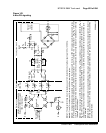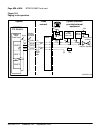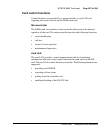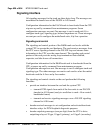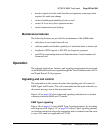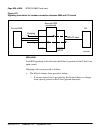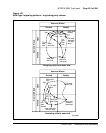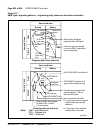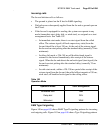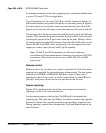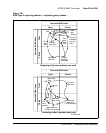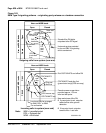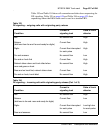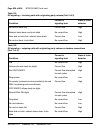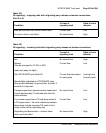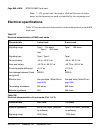
NT8D15 E&M Trunk card Page 633 of 894
Circuit Card Description and Installation
Incoming calls
The far-end initiates calls as follows:
• The ground is placed on the E lead in E&M signaling.
• Dial pulses are subsequently applied from the far-end as ground open on
the E lead.
• If the far-end is equipped for sending, the system can operate in any
mode (immediate start, delay dial, or wink start), as assigned on a start
arrangement basis. See Table 192.
— In immediate start mode, there is no start signal from the called
office. The seizure signal (off hook supervisory state) from the
far-end should be at least 150 ms. At the end of the seizure signal,
the far-end can start pulsing after the standard delay (normally 70 ms
minimum).
— In delay dial mode, a 256–384 ms off hook/on hook signal is
returned to the far-end immediately after receipt of the seizure
signal. When the far-end detects the on hook signal (start signal), the
far-end can start pulsing after the standard delay (normally 70 ms
minimum).
— In wink start mode, within a 128–256 ms period after receipt of the
seizure signal from the far-end, the called office transmits a 250 ms,
wink start, off hook/on hook signal to the calling office.
E&M Type II signaling
Figure 148 on page 635 shows E&M Type II signaling patterns for incoming
and outgoing calls. Figure 149 on page 636 shows Type II signaling patterns
Table 192
Operation Mode
Operation mode Start arrangement
Immediate start IMM
Delay dial DDL
Wink start WNK



